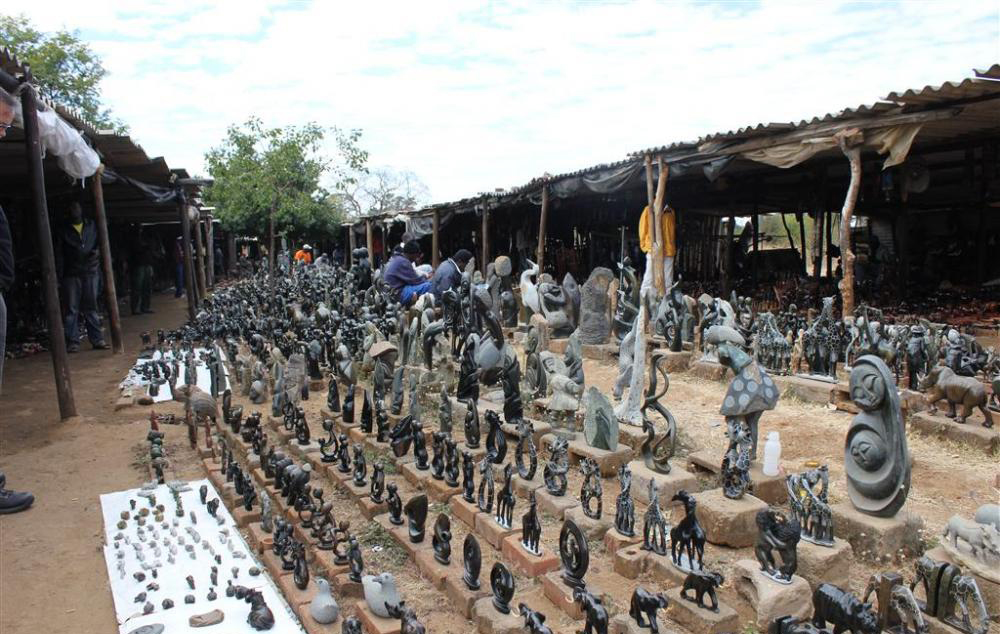Finance and Economic Development Minister Patrick Chinamasa has trimmed forecast for economic growth for this year, taking into account poor performance of agriculture.
He also said price declines will continue prevailing, with average annual inflation for 2015 now projected at -2% against the original projection of -1%, AllAfrica reported.
Presenting the 2015 mid-term fiscal policy review statement on Thursday, the minister said the economy is now expected to expand 1.5% this year, 1.7 percentage points below what he initially projected in December last year.
The World Bank lowered economic growth prospect to 1% this year, but will successively pick up steam in fiscal years starting next year to 2018.
The 1.5% growth rate is the slowest Zimbabwe will achieve since the dollarization of the economy in 2009. Total revenue was revised from $3.99 billion to 3.6 billion. “Deceleration in overall economic growth signifies the contribution of agriculture, and the need for drought proofing the economy given adverse effects of climate changes,” said Chinamasa. The sector is expected to decelerate -8% this year.
Agriculture performance for the 2014/15 season was below expectations, owing to the combined effect of the late onset of rains and its poor distribution, said Chinamasa, adding that high cost of borrowed financing under the current environment of liquidity constraints was also an inhibiting factor. The impact was most severe on cereals, such as maize and small grains, he said.
During the first half, overall performance showed some modest growth, particularly in mining, manufacturing, tourism, construction, finances as well as public services.
“(The) slowdown in the economic activity will have a bearing on our public finances, as well as the balance of payments. This, in turn, undermines both domestic public and private investment which, respectively, are projected to contribute 2% and 11% to gross domestic product in 2015,” he said.
On inflation, the minister said the falling prices reflected in part, correction of domestic price structures, which had trended past hyperinflationary pricing practices, relatively high labor costs, utilities, cost of borrowed capital and other costs of doing business.


